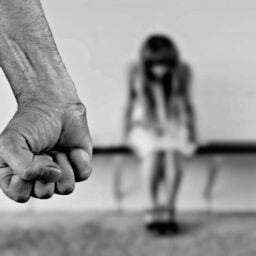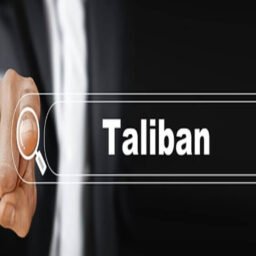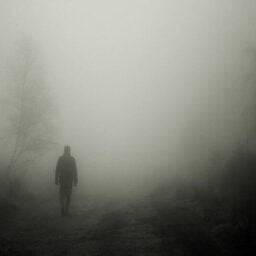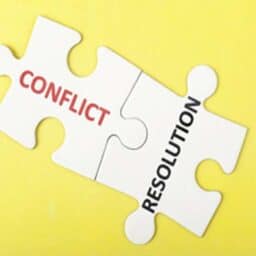INTRODUCTION
The very existence of the Caste System and the discrimination that is practiced on the basis of it, is a direct fatal blow to superficial equality and leaves open the bundles of inequalities. It is this caste system that gives inherent power to some and takes away the same from others based on the caste in which they are born.
Denial of Entry into the Temples
Amidst the news of the discrimination that still prevails and is practiced against Dalits, the latest yet not so surprising news is from Gunjepalli, Andhra Pradesh wherein a group of Dalit villagers were denied entry into a temple, thereby leading to a stand-off between the Dalits and the Upper Caste villagers. The entry was denied allegedly at the temple priest’s request for the shine to be ‘protected’ for some time. The standoff was prevented from getting escalated by the intervention of the Police and Revenue Officials. While the issue may seem to surprise few, someone who understands the caste system is probably not going to be surprised by it at all. Though there have been temple entry protests for since long, take for instance the protests in the State of Tamil Nadu starting in the last century, though few attempts were not successful, few did end up creating history. However, the historical events which marked the entry of Dalits in the temples remain few and the practice of them being denied entry into the temples is practiced even today. Even if we talk of incidents of recent years only, Tejur village in the State of Karnataka, Vizhukkam Village in the State of Tamil Nadu, State of Odisha, Gadaha village in the State of Uttar Pradesh, etc are a few of the many incidents which have time and again affirmed the practice of Dalits not being allowed entry in the temples.
Denying entry in the temples on the grounds of caste is a violation of the Fundamental Right to Equality under Article 14 of the Indian Constitution and also a violation of Article 17 which abolishes the practice of Untouchability. Also, such incidents are a clear violation of the Right to Worship as protected under Article 25 of the Constitution. What it also reveals is the extent of the problem that a social structure is so deeply rooted in the system that the insecurities of some upper caste people do not let the lower caste people even worship in the temple where they might go to find calm and solace.
Superficial Equality
Despite having been abolished in the Constitution, the practice of Untouchability is being practiced widely in some or the other way, the discrimination persists in every form. Basically, the caste system is what has been correctly been referred to as the “hidden apartheid”. Caste System is one of the social structures which come in the direct way of equality being achieved. Though entry into the temples is just one aspect in the whole dynamics of discrimination on the basis of caste, it is indeed one that does confirm the viewpoint that the equality which is reflected in the Constitution of India, is still far from being a reality. The world today is heading towards development and is scaling new heights, but if we take a moment to reflect as to what and for whom the development actually is? The economic development without the social reformation, in my belief, is of very less value. The thing which actually surprises me is that the inhumane practice of the caste system is prevalent everywhere and on the grounds that seem to be hard to imagine for one who has not been ever subjected to caste based discrimination. The people from lower caste face violence even if they get some dignified life and a possibility of a secured future. The perpetrators wear proudly the cloak of development in open, and afterward, throw off their cloak to keep the rigid caste system rife.
Recognition by Harvard
Recognition of caste based discrimination was recently done by Harvard University as well setting precedent and thereby paving the way for equitable education. Caste based discrimination is an evil that is visible in numerous forms and ways. Be it at the workplace, or in education, or in terms of particular employment, take for instance the example that manual scavengers are mostly the people from the lower castes the evil structural system is omnipresent. This caste system in its extreme, though not so uncommon form, then leads to Denial of basic services and rights. People have been time and again been harassed for them belonging to the so called Lower caste.
CONCLUSION
It is clear that the recent incident of Dalits being denied entry into the temples is not any shocking news but what is indeed worth our attention is the prevalence of the practice of the caste system and that this oppressive system is now even being exported. Denial for entry in the temple is a gross violation of rights which can, it looked a little more, be linked to the inhumane practices prevalent and blatant violation of rights. Thus one thing that is quite clear is that it is the Enforcement and will that is missing and not the laws. The caste system is in place for thousands of years and is being used for discrimination, violence, and atrocities but the authorities very often than not chose to not do anything to actively uproot the caste based discrimination, be it consciously or not.
Author(s) Name: Vaibhav Gaur (Dr. Ram Manohar Lohiya National Law University, Lucknow)
















